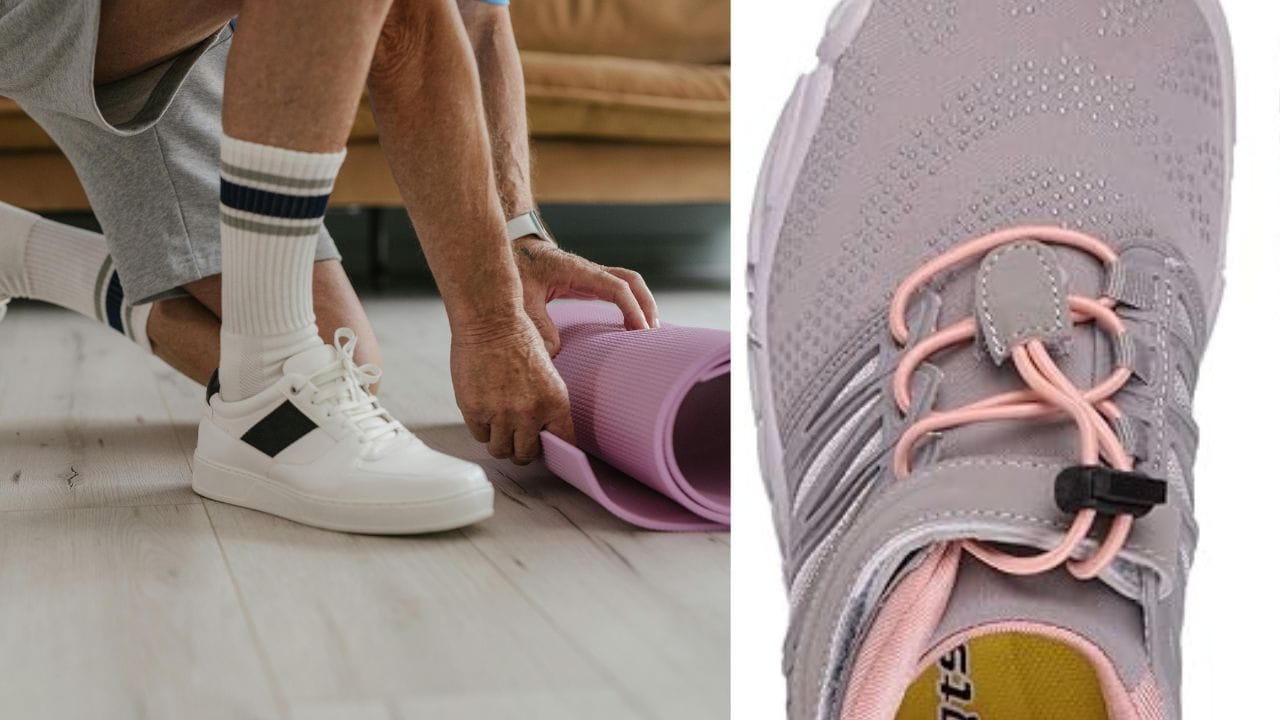Stride Confidently: How Barefoot Shoes Should Fit
Pay attention to how the shoes feel across the width and length of your feet, ensuring there are no pressure points or areas of discomfort.

Key Takeaways:
- Barefoot shoes should fit snugly but not tightly, allowing for natural foot movement.
- Proper fit in barefoot shoes promotes better posture, balance, and overall foot health.
- Understanding the unique design of barefoot shoes is crucial for selecting the right pair.
Introduction to Barefoot Shoes
Barefoot shoes have taken the footwear industry by storm, offering a unique blend of comfort and functionality. Unlike traditional shoes, barefoot shoes are designed to mimic the natural shape and movement of your feet. This innovative design promotes better posture, balance, and overall foot health. But how should barefoot shoes fit? Let's dive into the specifics.
The Importance of Proper Fit
The fit of barefoot shoes is crucial for reaping their full benefits. A well-fitted pair can significantly improve your walking and running experience. On the other hand, an ill-fitted pair can lead to discomfort and even injuries. Therefore, understanding how barefoot shoes should fit is essential for anyone looking to make the switch.
Understanding the Design of Barefoot Shoes
Barefoot shoes are designed to be as close to walking barefoot as possible. They have a wide toe box, zero drop from heel to toe, and minimal cushioning. This design allows your feet to move naturally, promoting better alignment and reducing the risk of injuries. The wide toe box gives your toes room to splay, which is essential for balance and stability.
Measuring Your Feet
Before purchasing barefoot shoes, it's important to measure your feet accurately. Use a ruler or a measuring tape to measure the length and width of your feet. Make sure to measure both feet, as they can be slightly different in size. Knowing your exact measurements will help you choose the right size and avoid any fitting issues.
The Role of Toe Box
The toe box is one of the most critical aspects of barefoot shoes. It should be wide enough to allow your toes to splay naturally. A cramped toe box can lead to discomfort and even long-term foot problems. When trying on barefoot shoes, wiggle your toes to ensure they have enough room to move freely.
Heel Fit
The heel of barefoot shoes should fit snugly but not tightly. A loose heel can cause your foot to slide, leading to blisters and discomfort. On the other hand, a tight heel can restrict movement and cause pain. The ideal fit is one where the heel is secure but allows for natural movement.
Arch Support
Unlike traditional shoes, barefoot shoes offer minimal arch support. This design encourages your feet to strengthen their natural arches. However, if you have flat feet or other foot conditions, you may need to consult a podiatrist before making the switch. The goal is to find a balance that promotes natural foot movement without causing discomfort.
Trying on Barefoot Shoes
When trying on barefoot shoes, it's essential to walk around and get a feel for them. Pay attention to how your feet move and whether there are any pressure points. The shoes should feel comfortable right out of the box, with no need for a break-in period. If you experience any discomfort, it's a sign that the shoes may not be the right fit.
Socks or No Socks?
One of the common questions people have is whether to wear socks with barefoot shoes. The answer depends on personal preference. Some people prefer the feel of barefoot shoes without socks, while others find that thin, moisture-wicking socks add an extra layer of comfort. Experiment with both options to see what works best for you.
Adjusting to Barefoot Shoes
Switching to barefoot shoes can take some time, especially if you're used to traditional footwear. Start by wearing them for short periods and gradually increase the duration. This gradual transition allows your feet to adapt to the new design and prevents any potential discomfort or injuries.
Common Mistakes to Avoid
One common mistake people make is choosing a size that's too small. Barefoot shoes should have a little extra room to allow for natural foot movement. Another mistake is not considering the width of the shoe. A shoe that's too narrow can cause discomfort and restrict movement. Always prioritize comfort and natural movement over aesthetics.
Benefits of Proper Fit
A properly fitted pair of barefoot shoes offers numerous benefits. They promote better posture, improve balance, and reduce the risk of foot-related injuries. Additionally, they can help alleviate common foot problems like bunions and plantar fasciitis. The key is to ensure that the shoes fit well and allow for natural foot movement.
Case Study: John's Experience
John, a marathon runner, switched to barefoot shoes to improve his running performance. Initially, he struggled with finding the right fit. After consulting with a specialist and trying several pairs, he found a pair that fit perfectly. The result? Improved running efficiency, reduced injuries, and a more enjoyable running experience.
Case Study: Sarah's Journey
Sarah, a yoga instructor, decided to try barefoot shoes for her daily practice. She measured her feet and chose a pair with a wide toe box and minimal cushioning. The shoes fit perfectly, allowing her to move freely and maintain better balance during her sessions. Sarah's experience highlights the importance of proper fit in barefoot shoes.
Tips for Buying Barefoot Shoes Online
Buying barefoot shoes online can be tricky, but it's not impossible. Make sure to read reviews and check the sizing guide provided by the manufacturer. Some brands offer free returns, which can be a lifesaver if the shoes don't fit as expected. Always measure your feet and compare them to the sizing chart before making a purchase.
Popular Brands to Consider
Several brands specialize in barefoot shoes, each offering unique features and designs. Some popular options include Vivobarefoot, Merrell, and Xero Shoes. These brands are known for their quality and commitment to promoting natural foot movement. Researching different brands can help you find the perfect pair for your needs.
Maintenance and Care
Taking care of your barefoot shoes is essential for prolonging their lifespan. Clean them regularly and allow them to air dry. Avoid exposing them to extreme temperatures, as this can damage the materials. Proper maintenance ensures that your shoes remain comfortable and functional for a long time.
The Future of Barefoot Shoes
The popularity of barefoot shoes is on the rise, and for good reason. As more people become aware of the benefits, the demand for these shoes continues to grow. Innovations in design and materials are making barefoot shoes more comfortable and accessible than ever. The future looks bright for this revolutionary footwear.
Summary
Barefoot shoes offer a unique blend of comfort and functionality, promoting natural foot movement and overall foot health. Understanding how barefoot shoes should fit is crucial for reaping their full benefits. From measuring your feet to choosing the right size and design, every step is important.
A proper fit not only guarantees comfort but also enhances posture and lowers the risk of injuries. Whether you're into running, yoga, or simply seeking comfy everyday wear, barefoot shoes can revolutionize your experience. Whenever you're ready, click below to explore our selection tailored to promote natural foot movement and overall foot health.

